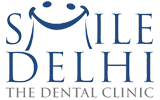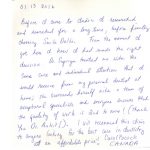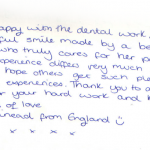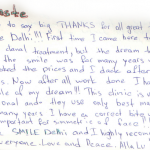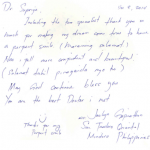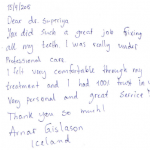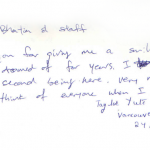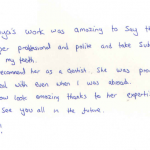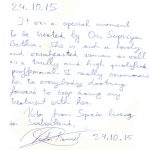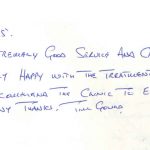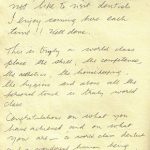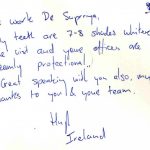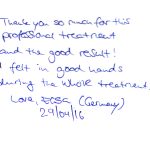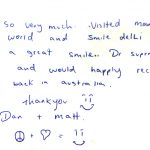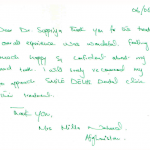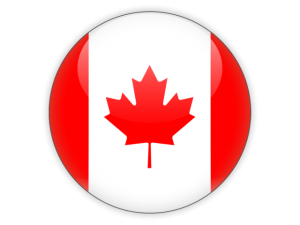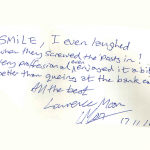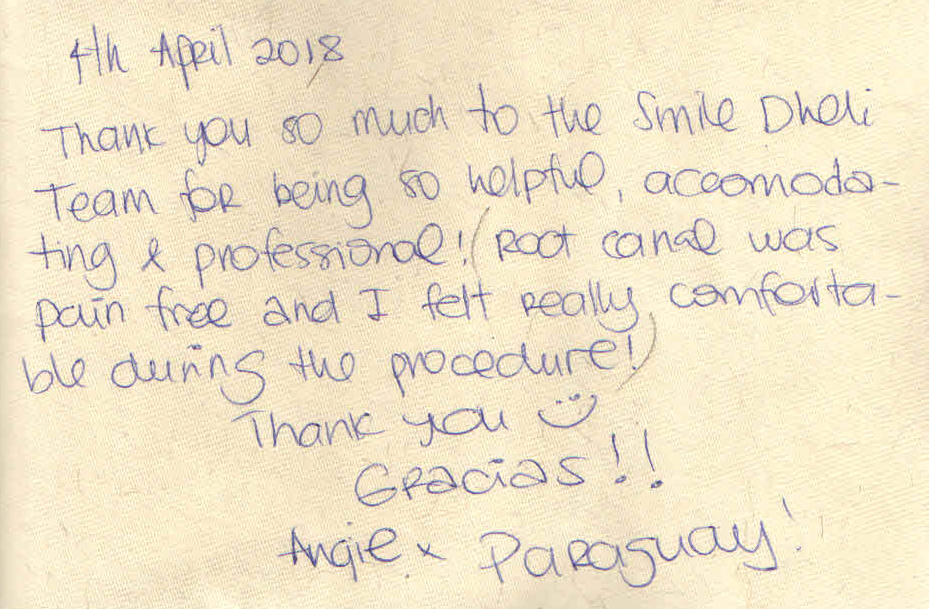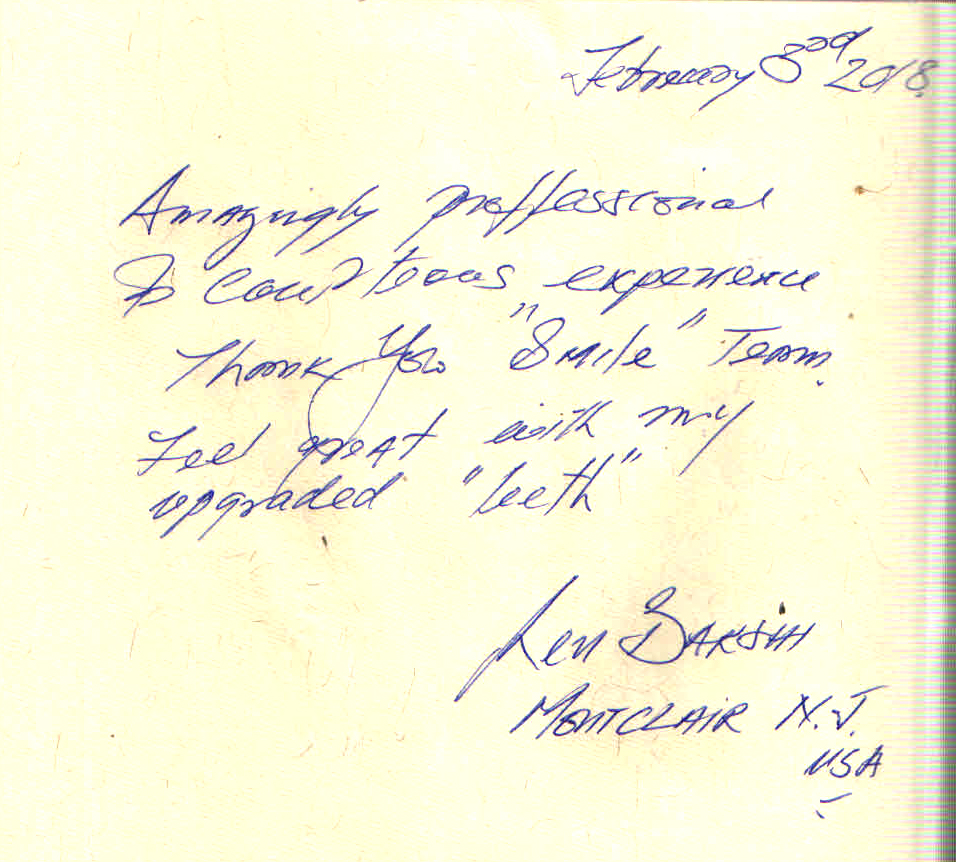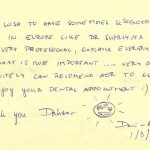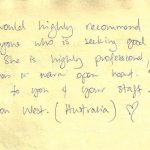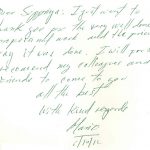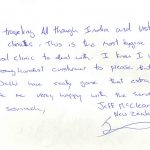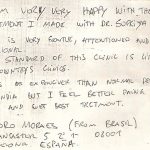Wisdom Teeth And Dental Health
Wisdom teeth are the final set of molars, which erupt in a person’s mouth usually between the age of 17 and 21 years. If they erupt properly and are aligned well, they contribute to the process of chewing . However in many people, there is a discrepancy between the size of the teeth and the jaws. A person may have inherited the small jaw size from one parent and the big teeth size from another parent. When there is less space in the jaws to accommodate all the teeth in a comfortable manner, it’s the third molars whose alignment gets affected. Since the third molars do not get enough space , these wisdom teeth either get stuck in the bone and do not erupt at all or come out / erupt partially.
When they come out partially they are malaligned ie
- Get placed either in a horizontal manner Ie lie down
- Get placed outwards in relation to the jaw
- Get placed inwards in relation to the jaw
- They may get angled towards the second molar
- They may get angled away from the second molar
Poor alignment or malalignment/ misalignment of the wisdom teeth can cause crowding of the adjacent teeth, damage to the adjacent teeth and in some cases damage to the jaw and the nerves.
Wisdom teeth can also get impacted. This means they are enclosed in the gum/ the soft tissues or the jaw bones. In this situation they only partially erupt through the gum. Partial eruption of the teeth can cause an opening and an easy path for the bacteria to enter.
This bacteria can cause infection which manifests itself in the form of
- Pain in the wisdom tooth area
- Inflammation of the gums
- Jaw stiffness
- Swelling of the jaw which may be visible externally
In advanced cases,
- There may be difficulty in swallowing
- Fever
- Reduced mouth opening
- Pus
Partially erupted teeth are more prone to decay and gum diseases, as the tooth is placed in a manner, where access is difficult and cleaning becomes a challenge. Brushing and flossing is a not easy. Thus it’s a catch area for food .
Extraction or removal of the wisdom teeth, are routinely done in dental clinics in Delhi. The dentist takes a call, when the tooth needs removal. Dentists in Delhi, like in our clinic ie Smile Delhi- The Dental Clinic, usually get an oral surgeon, to do this procedure of removal of the tooth.
The protocol that is usually followed in the Best dental clinic in Delhi / dental clinics in India is as follows .
In the initial appointment, the dentist discusses
- Any medical history the patient has
- If the patient is on any drugs or medicines
- Any allergies the patient might have
- The local anaesthetic which would be used
The patient needs to take the day off from work, college or school, arrange for child care, pet care or a ride back home after the procedure should be planned prior .
The surgery/ procedure takes 45 minutes or less. The procedure is done under local anaesthesia. Since the gum is reflected and bone cutting is involved, some stitches are given. These stitches help to expedite the healing.
The basic instructions to follow after the wisdom tooth surgery are as follows;
A cotton pack is placed. This cotton is kept clenched for one hour. After one hour the cotton is removed, and the patient is advised to have something chilled like ice cream or cold coffee. Then the patient should take the advised medicine viz antibiotics and anti inflammatory tablets. During the first 24 hours the patient is told not to spit, rinse or brush as the blood clot can get dislodged and bleeding can start again. No hot or hard food stuffs should be taken in the first 24 hours. Only soft and cold food stuffs should be taken. No smoking should be done in the first 24 hours as it delays healing. Cold ice external fomentation should be done 3 – 4 times in the first 24 hours. After 24 hours warm saline rinses of the mouth should be done . This helps in resolving any swelling that might have set in. The medicine regime should be followed as advised. The stitches are removed after 7 days .
Though the complete healing of the tooth socket takes a few weeks to a couple of months, in a week or two, enough healing of the extraction area takes place, so that, that part of the mouth can be used comfortably .
Posted By – Dr. Suprriya B. Bhatia
